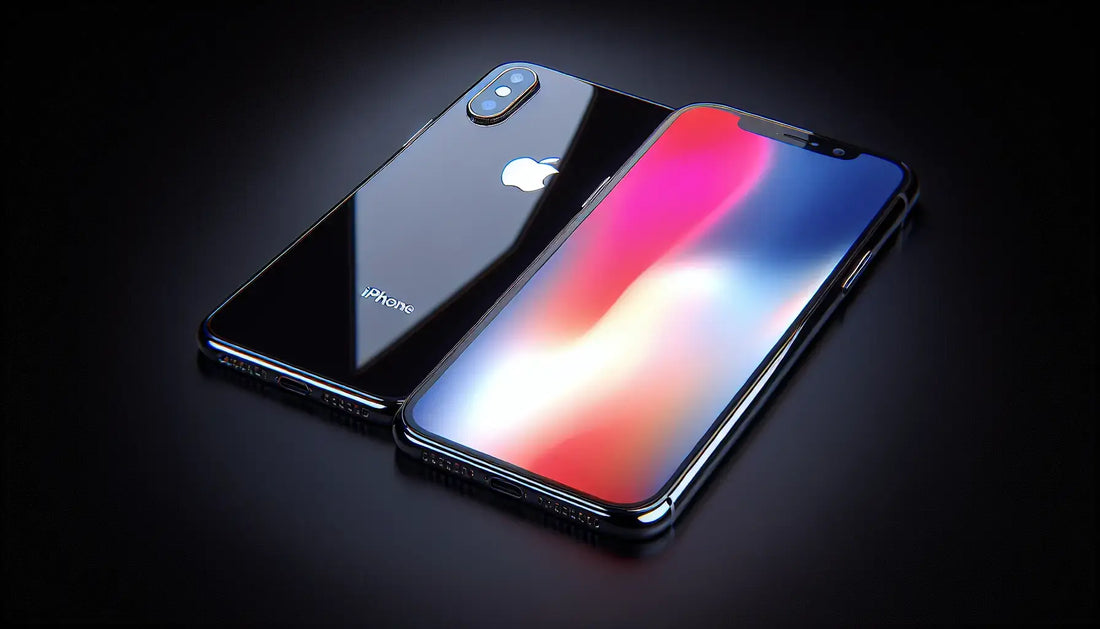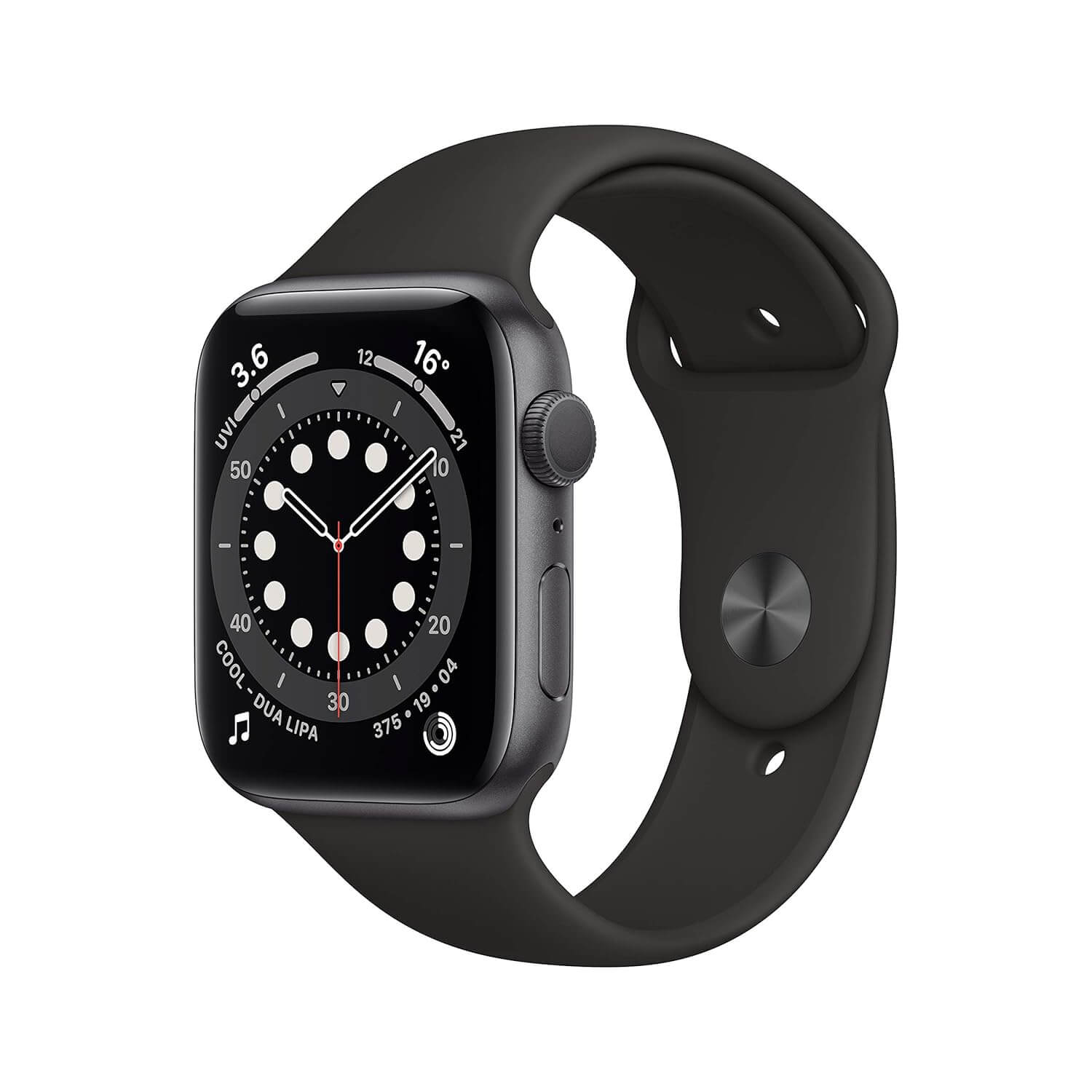Design
The Apple iPhone X features a modern and iconic design that sets it apart from its predecessors. With its curved display corners and minimal bezels, the iPhone X embraces the trend of smartphones with small bezels, offering a more immersive visual experience. Despite the familiar rectangular shape, the iPhone X introduces fundamental changes to its usage, presenting a learning curve for users. Additionally, the stainless steel sides and the glossy finish contribute to the overall sleek and premium feel of the device.
Notch and Grip
The iPhone X incorporates a notch at the top of the display, housing the front-facing sensors. While initially controversial, the notch does not significantly hinder the user experience. Moreover, dbrand offers the Grip, a bumper designed to provide an optimal grip for the iPhone X, enhancing the handling and protection of the device.
Hardware
The Apple iPhone X boasts a comprehensive hardware package, delivering a range of features and functionalities that align with its flagship status. From impressive speakers and water resistance to wireless charging, the iPhone X stands as a well-considered and meticulously crafted device. However, the absence of a headphone jack and the utilization of glass in its construction raise concerns about its durability.
Overall Build and Features
As a premium smartphone with a price tag of $1000, the iPhone X offers a complete hardware package that meets the expectations of discerning users. Despite the absence of a headphone jack, the device delivers impressive speakers, water resistance, and wireless charging, reaffirming its position as a top-tier smartphone.
Notch
The signature feature of the Apple iPhone X is the notch at the top of the display, which has stirred mixed opinions among users. While some dislike its presence and find it visually unappealing, others have grown accustomed to it and hardly notice it during everyday use. This design element is a result of the need to accommodate front-facing sensors, cameras, IR blaster, and depth sensor while minimizing bezels.
Embracing the Notch
Apple has opted to embrace the notch, encouraging app developers to create software that seamlessly integrates with it. Optimized iPhone X apps are designed to wrap around the notch, filling up the entire display and providing a seamless user experience. However, not all apps have been updated to embrace the notch, resulting in noticeable bezels at the top and bottom of the display, reminiscent of older iPhone models.
- Apple's Approach: Apple's solution to the notch is to promote apps that fully utilize the display, emphasizing the company's commitment to this design choice.
- Developer Efforts: Developers are gradually updating their apps to embrace the notch, aligning with Apple's vision for the iPhone X's display.
- User Experience: While the notch may be visible during video playback, users can double-tap to adjust the display and minimize any interruptions caused by the notch.
Apps
The introduction of the iPhone X's taller aspect ratio has prompted developers to update their apps to optimize them for the device's display. This shift marks one of the most significant changes developers have had to make to their apps for a new iPhone since the beginning. As a result, users can expect a transition period where apps gradually embrace the notch and fill up the entire display, providing a more immersive experience.
Display
The Apple iPhone X features a 5.8-inch Super Retina display, marking Apple's first use of OLED technology in a smartphone. This high pixel density panel supports the P3 color gamut and HDR, delivering stunning visual quality. Despite not reaching the same level of brightness and saturation as Samsung's displays, the iPhone X's screen offers vibrant colors without appearing overly cartoonish. Additionally, it incorporates True Tone technology, providing a more natural viewing experience. However, a slight blue shift may be noticeable when the screen is viewed off-axis, a common characteristic of OLED displays.
Notch and Home Button Replacement
- Notch: The notch at the top of the display accommodates the front-facing sensors, cameras, and IR blaster while minimizing bezels, contributing to the iPhone X's unique design.
- Home Button Replacement: With the removal of the home button, the iPhone X introduces a series of gestures to navigate the device. Users can swipe up from the bottom of the screen to return to the home screen, replacing the traditional home button functionality.
Gestures
The Apple iPhone X's transition to a full-screen display necessitates the use of various gestures for navigation. While initially presenting a learning curve, these gestures become intuitive with use, enhancing the overall user experience.
Navigation Gestures
- Home: Swiping up from the bottom of the screen at any time takes users back to the home screen, indicated by a bar at the bottom of the display.
- Notifications: Swiping down from the top of the screen reveals notifications.
- Control Center: Accessing the control center is achieved by swiping from the right corner of the screen.
- Multitasking: To navigate through recent apps, users swipe halfway up and then over, providing access to a card-style carousel of recent applications.
While the transition to gesture-based navigation may require some adjustment, the fluidity and efficiency of these gestures contribute to a seamless user experience on the Apple iPhone X.
Multitasking
With the absence of the home button on the Apple iPhone X, users are introduced to a new set of gestures for multitasking. By swiping halfway up and then over, the device provides access to a card-style carousel of recent applications. This streamlined approach to multitasking enhances the efficiency of navigating through various applications and contributes to a seamless user experience on the Apple iPhone X.
Face ID
Face ID, the facial recognition feature on the Apple iPhone X, offers a convenient and secure method for unlocking the device. While not flawless, Face ID's success rate is impressive, with the potential for improvement through software updates and increased usage. By creating a detailed map of the user's face using thousands of infrared dots, Face ID is able to adapt to changes in appearance over time, such as haircuts or the addition of makeup. Additionally, it incorporates a setting to require the user's attention, ensuring the device only unlocks when the user is actively looking at it. Despite occasional limitations in backlit or excessively bright environments, Face ID provides a reliable and efficient means of authentication on the Apple iPhone X.
Animoji
The Apple iPhone X introduces Animoji, an exclusive feature that uses the front-facing camera for moving facial tracking, creating animated emoji messages. These Animoji are unique to the iPhone X, serving as a visual indicator of the sender's device. Interestingly, while Animoji utilizes the front-facing camera, it could have been made available for other iPhone models, but it remains exclusive to the iPhone X. When sent to an Android device, Animoji appears as a video message, highlighting its exclusivity to the iPhone X.
Cameras
The Apple iPhone X features a set of cameras with the same sensors as the iPhone 8 Plus, but with improved glass and optical stabilization for both lenses. This enhancement results in significantly improved performance, particularly for the 2x telephoto lens, offering better quality in zoomed-in photos and videos. The iPhone X's camera delivers impressive dynamic range and HDR capabilities, producing vibrant and detailed photos. While it may not match the quality of the Pixel 2's camera, the iPhone X's camera still ranks among the top smartphone cameras. Additionally, the front-facing camera excels in video quality, and the inclusion of portrait mode for selfies adds versatility to the device's camera features.
Portrait Mode
The Apple iPhone X offers a portrait mode feature for the front-facing camera, allowing users to capture stunning selfie portraits. However, it falls short compared to other devices, as the edges often get blurred to a comical extent, especially when compared to competitors like the Pixel 2. The Pixel 2's superior performance in this aspect is attributed to its advanced machine learning and software capabilities. Nonetheless, there is potential for improvement in the iPhone X's portrait mode through software updates, considering its already superior color accuracy.
Software Update Potential
Given the iPhone X's powerful hardware, particularly the A11 Bionic chip and 3GB of RAM, the potential for software updates to enhance the portrait mode performance is promising. With the right improvements, the iPhone X could potentially match or surpass the competition in this area, making it a compelling choice for users who appreciate high-quality selfie portraits.
FAQ
Is the iPhone X worth the investment?
- Yes, the iPhone X offers a groundbreaking experience and is a favorite among users, despite its imperfections. Its powerful hardware, innovative features, and overall performance make it a worthwhile investment for those seeking a premium smartphone experience.
What are the downsides of the iPhone X?
- Glass Back: The iPhone X's all-glass construction makes it more susceptible to breakage, presenting a potential downside for users concerned about durability.
- Notch: The presence of the notch on the front display may be a drawback for some users, impacting the visual aesthetics of the device.
- No Headphone Jack: The absence of a headphone jack remains a downside for users who prefer traditional wired audio connections.
How does the iPhone X's battery life compare to other models?
- The iPhone X offers impressive battery life, comparable to the iPhone 8 Plus. Its efficient performance and OLED display contribute to a reliable and long-lasting battery experience, making it suitable for heavy daily use.
What are the standout features of the iPhone X?
- Powerful Chipset: The iPhone X is equipped with the A11 Bionic chip, setting a new standard for mobile performance and enabling advanced functionalities such as augmented reality and image processing.
- Gesture-Based Navigation: The iPhone X introduces intuitive gesture-based navigation, enhancing the user experience and modernizing the interaction with the device.
- Face ID: The facial recognition feature, Face ID, offers a secure and convenient method for unlocking the device, utilizing advanced facial mapping technology for accurate authentication.



